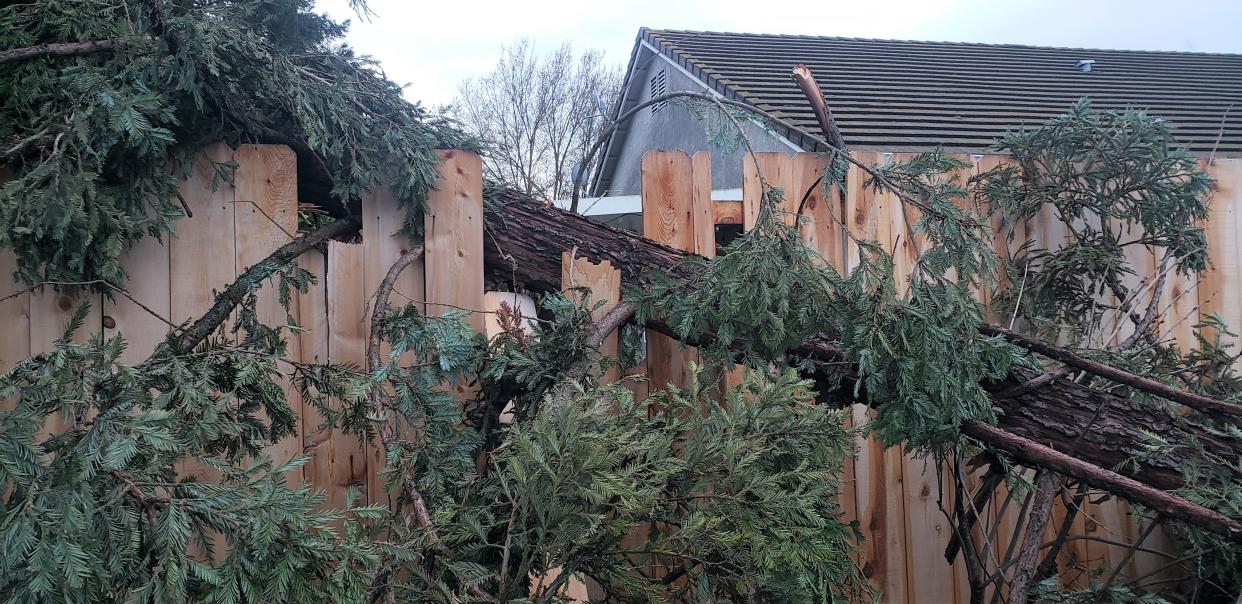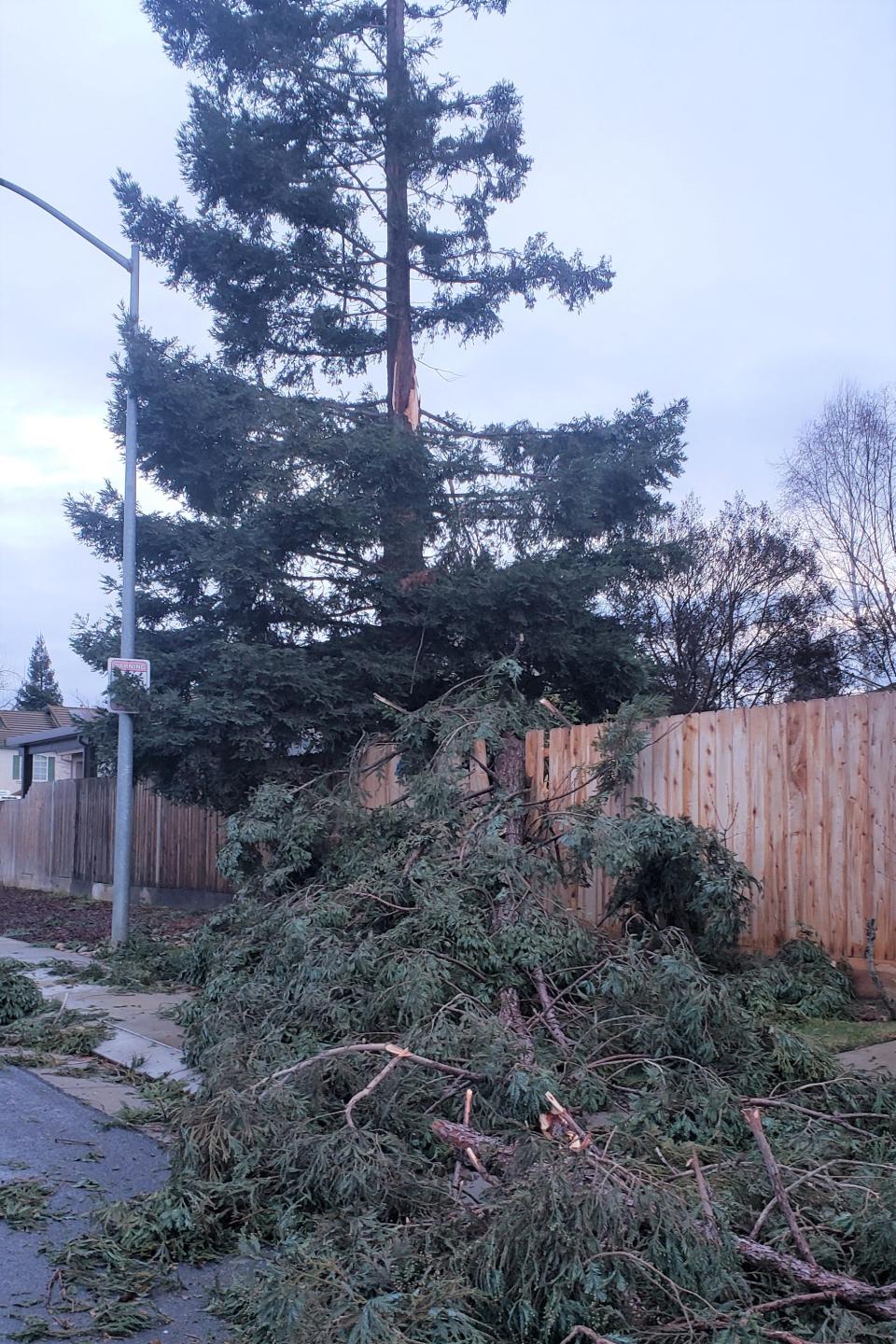Checking your trees after a storm: Tips for identifying damage and defects

After the wind and rain we have had, you’ve likely seen or experienced the damage storms can cause and how it can negatively impact your trees’ health while threatening your own safety.
When inspecting trees, always make your inspections from the ground. If you suspect a hazardous condition, immediately contact your utility company and consult an arborist who has the equipment and training to conduct the inspection safely.
Look for leaning trees: A common mistake that people make is to assume that if a tree didn’t fall during the storm, then it will continue to hold its ground. Unfortunately, this isn’t always the case, and a tree that falls can cause significant damage to your property. If any of your trees are leaning after a storm, then you should have an expert come out and determine if tree removal will be necessary.
Check for utility wires: As you check each tree for damage, you should also keep an eye out for any wires that are in contact with their branches. High winds can loosen utility lines or break branches, allowing trees and wires to come in contact with one another. If you see any wires that are touching your trees, then you should schedule tree trimming for your property and contact your electrical provider.
Search for broken branches: Broken tree branches can be a hazard to people and property and can also stress a tree and leave it vulnerable to health problems. Check each of your trees for broken, cracked, or split branches after severe weather. If you spot any large or hard-to-reach branches that are damaged, then call a tree service company as soon as possible about having your damaged trees trimmed.

On a regular basis, inspect your trees for the following defects:
Multiple trunks: Some trees develop more than one trunk, which are often weakly attached and prone to splitting apart — especially those with narrow angles of attachment. This condition is a concern in large trees. Inspect the point where the trunks meet.
Weakly attached branches: Inspect large branches (greater than 3 inches) at the point where they attach to the trunk. Trees with many branches arising from the same point on the trunk are weak and potentially hazardous. If one branch breaks, the others are more likely to fail.
Cavities, large decay pockets, and other evidence of decay: If you find cavities or decay where branches meet or at the base of the trunk, they are a concern. Mushrooms and conks growing on the bark of trees or on exposed roots indicate root rot or wood decay. As the decay progresses, the wood is weakened and failure is more likely. Do not attempt to clean out or seal a cavity or decay pocket — you may be doing more harm than good.
Trunk and branch cracks: Cracks confined to the bark are not usually a problem, but there is reason for concern when the crack extends into the wood. Deep cracks indicate that a separation of the wood within a trunk or branch has occurred and the tree has become structurally weakened.
Hanging or broken branches (hangers): Hangers are branches that are broken but may still be partially attached or completely separated and lodged in the canopy. Hangers should be removed as soon as possible.
Dead branches: Branches that have died will eventually fall off and can cause damage when they fall. Inspect trees that lose their leaves in winter when they are in full-leaf (late spring through early fall). Evergreen trees can be inspected for deadwood at any time. If you find deadwood, plan to have it removed.
The best assurance of getting quality advice or tree work is by hiring an arborist certified by the International Society of Arboriculture (ISA) or a consulting arborist who is a member of the American Society of Consulting Arborists (ASCA). Certification does not guarantee quality performance, it is only a means of helping you select an arborist who has a demonstrated level of knowledge and technical proficiency.
You should verify that your arborist is insured and check his or her references. When you call for service, the arborist will come out and assess the storm damage to your trees and explain the best way to repair the tree if it is salvageable.
This article was taken from UC IPM publication 8365, "Inspecting Your Landscape Trees for Hazards." If you have a gardening question, contact the Master Gardeners at (209) 953-6112 or visit ucanr.edu/sjmg.
This article originally appeared on The Record: Checking your trees after a storm: Tips for identifying damage, defects

